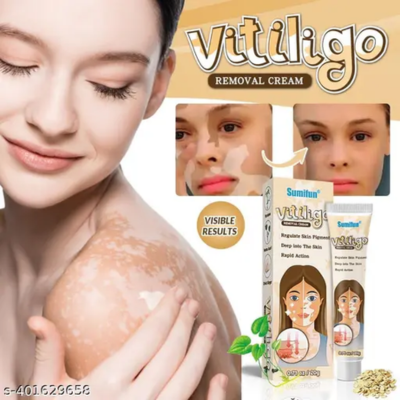Vitiligo Treatment: Exploring Available Options
Vitiligo is a skin condition that causes loss of pigmentation in certain areas, leading to white patches. While there is no cure, various treatments are available to manage and improve the condition. Topical Treatments:The most common treatment for vitiligo includes the use of topical corticosteroids. These anti-inflammatory medications help reduce the immune response attacking pigment-producing cells, stimulating repigmentation in some cases. Topical calcineurin inhibitors like tacrolimus and pimecrolimus are also used, especially in sensitive areas like the face, to help with repigmentation. Phototherapy (Light Therapy):Narrowband UVB light therapy is one of the most effective treatments for vitiligo. It involves exposing the skin to UV light under controlled conditions to stimulate melanocytes and encourage the skin to regain its pigment. Treatment is usually administered several times a week, and results can take months to show. Surgical Options:For more stable or widespread vitiligo, surgical options such as skin grafts or melanocyte transplants may be considered. These procedures involve transplanting healthy, pigmented skin cells from other areas of the body into the affected areas. Cosmetic Solutions:Makeup and camouflage products specifically designed for vitiligo can help conceal white patches and provide an even skin tone. Each treatment option varies in effectiveness, and a consultation with a dermatologist is important to determine the most appropriate plan.
Vitiligo Treatment: Exploring Available Options Read More »
